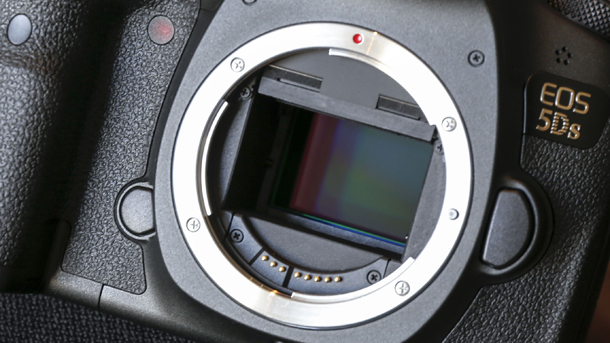Mega Pixel Number and Truth Behind it!

Hi Again! Did you listen about the new Canon 5Ds and 5Dsr launch, I am sure you did.. The dream of having that camera having more than 50 Mega Pixels is almost realized if you have gone ahead to make a booking or ordered one already. I did not buy one of those till now and I do not think that I should buy one either. There have been several technologies developed by the camera manufacturers to woo people to buy into their brand and I think Canon does know this trick pretty well. I am not sure if this resolution required by most photographers. It is a question which is often forgotten by most amateurs at least in the wake of excitement caused in the market by these camera makers.
I vividly remember making prints from a digital scanned image of a negative almost ten years back that was shot on my Nikon N75. The resolution of the scanned image would never be more than 1.6 Mega Pixels and the photo-lab would insist that this is the maximum they can provide me with. My prints would be of the size of 8″ x 12″ or a little bigger sometimes. Apart from the color reproduction which varied from one printer to another, I would be largely satisfied. Today, we have a range of DSLR cameras having 16 to 50 plus megapixels. On the contrary there are some medium format cameras that would be of 16 megapixels only.
How does it differ or does it differ at all? With the increase in number of pixels on a sensor, the size of each pixel shrinks. This is based on assumption that sensor size does not change with change in the value of pixels. A full frame 35mm DSLR camera has CCD/CMOS sensor of the size 36mm x 24mm. Provided that the two DLSR cameras have similar configuration except the number of Mega Pixels, it would be obvious for them to get same amount of light with the use of identical lens when used under same conditions. So it is the same light which is divided into these units known to us as pixels.
I am considering an example of Nikon D4 and Nikon D800 here. In Nikon D800, the size of each pixel is 4.88 microns as compared to 7.3 microns of the Nikon D4. We know that so many photographers prefer to get full frame DSLR and most of them feel that it allows more light into camera for registering same view. Apart from the shallower depth in the same field of view, if the light is not utilized correctly then so many photographers might just go back to the crop frame DSLR. Having learnt the pixel size of Nikon D800, just compare it to the size of 4.78 microns which the Nikon D7000 pixels measure. The resolution of Nikon D4 and Nikon D7000 are comparable but the pixel size differs very much. Perhaps it would not be wrong to say the behavior of Nikon D800’s sensor would not differ much from Nikon D7000.
Only benefit of using Nikon D800 would be the larger print size for reproduction purpose. The larger size of the pixels on Nikon D4 ensures better signal to noise ratio and the use of ISO 1600 or even higher film speed results in a more usable photograph. People have often complained about the not so great ISO performance of Nikon D800. If the pixel size shrinks further then the light information registered by each pixel further goes down which might make photographs taken in low light conditions at higher ISO setting even more noisy. So do you still want to get that new DSLR with 50 Mega Pixels? Do a reality check and consider either larger format or a smaller Mega Pixel number.